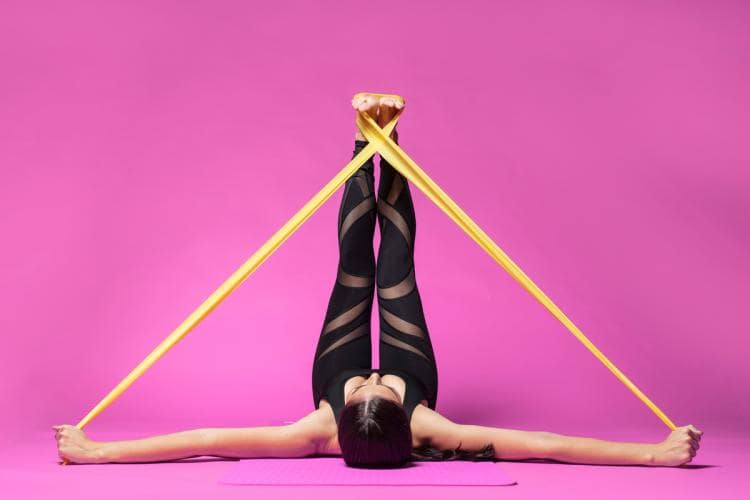Sustainable Exercise
Sustainability is in. Consumption of non-renewables is out. But what about you? Are you sustainable?

Exercise programs are often designed to help you improve yourself. That means that to be successful you must exceed your normal limits, break down muscle, get short of breath, and sweat. If not, your musculoskeletal system is not going to be better tomorrow than it is today.
But is that true? It used to be. But as with most of medical knowledge, what we think we know today is probably not true—and if what we are doing today is what we are doing tomorrow, we haven’t learned anything. So let’s talk about what I mean by “sustainable exercise.”
You are not in homeostasis. The body is not balanced perfectly, with just the right proportion of muscle breakdown balanced by muscle building. The fact is, you are dying. We all are. Life is a fatal disease. Left at rest, the body declines more rapidly. The pumping systems of the heart and lungs, the muscles supporting the bones, and the bones themselves need resistance exercise to build more tissue. They respond effectively to force—which is why the only successful treatment for the bone loss associated with aging is resistance exercise.
Even knowing this, the efforts by the health care community to motivate people to go to the gym and lift weights failed miserably. Yes, the number of gyms proliferated—but the population got fatter, which is the key metric for whether or not the exercise-to-consumption ratio is in the healthy zone. Pushing people to lift weights in gyms doesn’t work. And weight gain is not sustainable. Obesity leads to a shorter, more disease-ridden life, and is not to be glorified for any reason.
But there are other solutions. It turns out that you can tip the balance of your musculoskeletal fitness in your favor by mindful extensions of your limbs, sustained muscle poses, prolonged lower-level activities, or even with hyper short, intense ones. The activities and sports of Yoga, Pilates, Barr methods, and their relatives have filled the streets with stretch-clad men and women displaying incredible fitness and physiques. The high intensity, short interval programs on stationary bikes, in pools, and with stretch cords have been shown to build fitness with exquisitely short workouts. Lovely, long walks on trails and country roads can be effective at balancing caloric intake. These exercises and activities, in one form or another, are available to everyone and are often free. For the body to stay ahead of its natural degradation through time, increasing all the systems’ energy use to a level above baseline improves their resilience.
Simply put, there are a wide variety of activities that can be added to everyone’s day that are doable, not just aspirational. So the next time you think about recycling your trash or choosing a sustainable fish or conserving energy for the environment, look inside. Apply the metrics of sustainability to yourself, and recognize that it is often not what you do that kills you, but what you don’t do.
